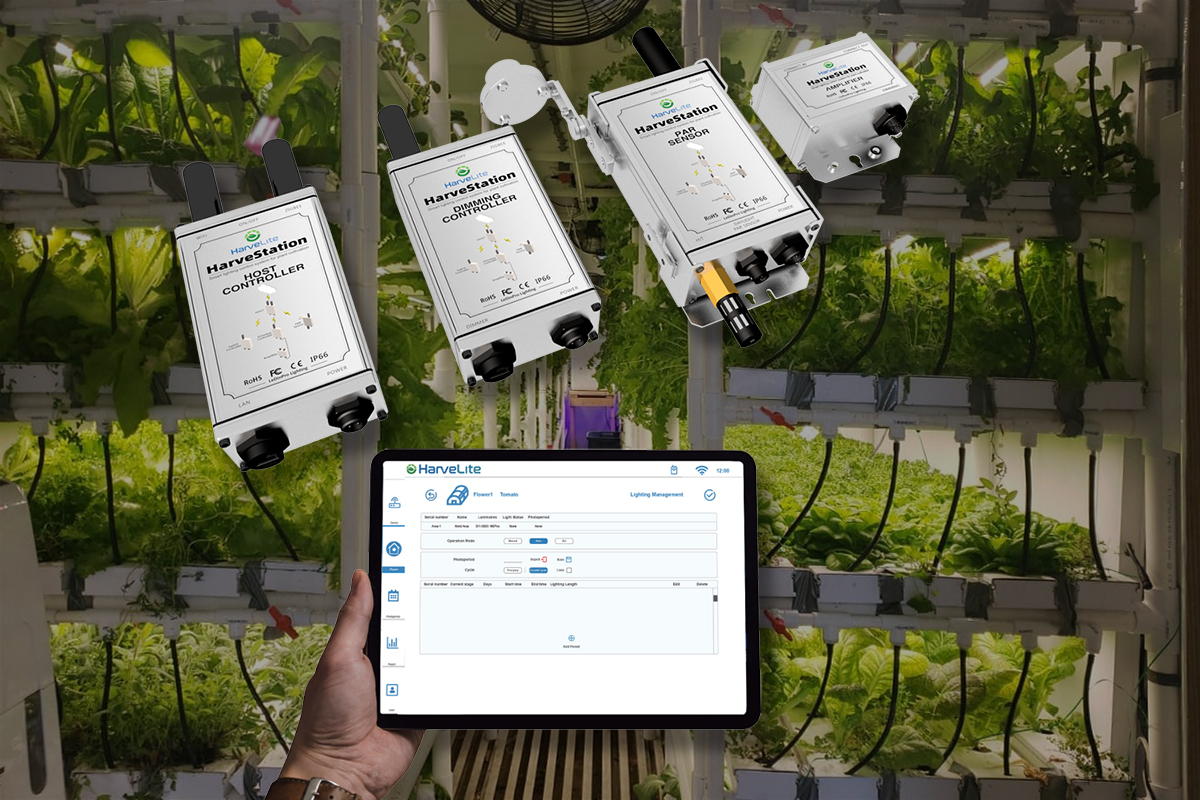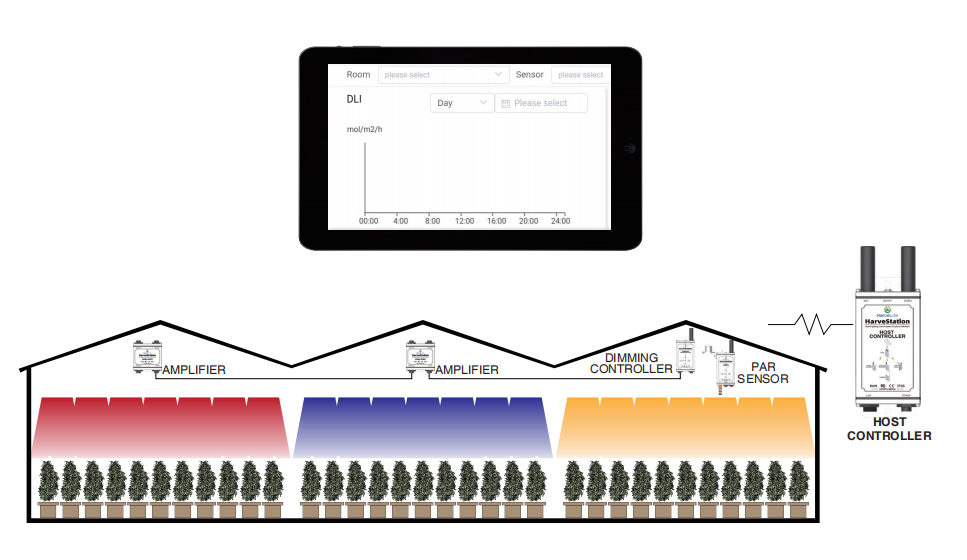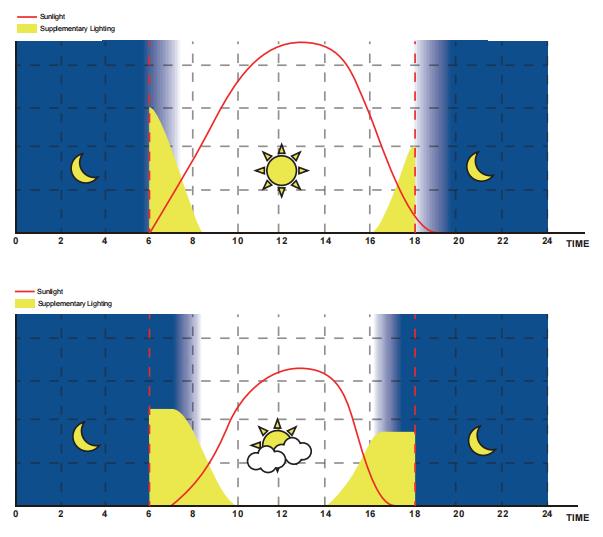New option of Lighting Control system for Small and Medium-scale Plant Cultivation Factories
Author :LeDinPro September 27

At present, the food we produce can basically meet the needs of the global population, but nearly 800 million people are still in hungry and 2.4 billion people are undernourished. It is estimated that the global population will reach 9.8 billion by 2050, and the food demand will be 70% higher than nowadays. This requires almost doubling food production in developing countries. One way to increase grain production is to develop modern agriculture, including the popularization and use of new technologies such as commercial greenhouses, indoor farms and vertical farms. LeDinPro focuses on the control of artificial lighting in modern agriculture. Through our accurate regulation of lighting, we can not only meet the DLI required by plant growth, but also reduce carbon emissions.
Several problems that small and medium-scale plant cultivation factories are facing as following at present:
1. High cost for deployment of large integrated control system.
The initial investment cost of large-scale integrated control system is very high, and the deployment is very complex. A large amount of wiring and debugging takes a lot of time. At the same time, complex wiring also brings difficulties to later maintenance and troubleshooting.
2. Monutonous function of common dimming controller and circuit breaker switch control.
The common controllers only have the function with time settings or adjust the lights output, They cannot quickly adjust the artificial supplemental lighting according to the change of sunlight dynamic. Or it only can fill the lighting according to the fixed PPFD value, but it can not fill the lighting according to the DLI level required by the plant. The artificial lighting scheme with low precision will bring a lot of energy waste, labor consumption, and the quality of planted crops will be greatly different due to the fluctuation of DLI.
3. Common dimmers cannot be managed and controlled quantitatively.
The simplest dimmer has the lowest initial investment cost, but the whole dimming process requires manual work, which can not realize the automatic adjustment of lights, and there is no full-cycle automatic adjustment of the lighting. Like the ordinary dimming controllers, these traditional methods can not quantify and record the lighting conditions. It is impossible to analysis the growth of plant or to improve lighting strategies based on statistical data.
LeDinPro provides a new professional lighting control solution - HarveStation smart wireless lighting control system

The main features are as follows:
1. Mesh wireless control network based on Zigbee
2. PAR value detection automatically
3. Smart dimming control and spectrum adjustment control
4. Photoperiod adjustment and management based on the whole cultivation cycle
5. Greenhouse DLI lighting control
6. Cloud management/Remote control management
7. IP66-High protection level
8. Full cycle quantitative records. statistics. analysis and summary of daylight/artificial light DLI and other lighting datum.
HarveStation is composed of Host controller, Dimming controller, PAR Sensor and Switch
The components of the system are wireless communication. Which does not need complex wiring. It is easy to deploy and install, and the mesh network make it easy to expand; At the same time, the highly integrated and optimized control circuit makes the system also have the characteristics of long communication distance, strong anti-interference ability, high stability and low cost.

In indoor cultivation, users can set the photoperiod configuration covering the whole growth cycle of plants, and only need to set it once for year-round cultivation. In greenhouse cultivation, users can set supplementary lighting based on DLI. The system can automatically balance sunlight and artificial lighting according to DLI objectives to meet the demands of plants. The system can save and analyze the DLI data of sunlight and artificial light and form charts to provide judgment basis for growers’ cultivation strategies.
HarveStation is an industrial wireless lighting control system suitable for greenhouse, indoor farming and vertical farming. The system has low initial investment cost, low maintenance cost and very effective lighting control strategy. It is the best choice to balance sunlight and artificial light.
LeDinPro's series of lighting products and smart control system will further promote the development of modern agriculture, improve productivity, and accelerate technological innovation. Now traditional agriculture is facing more and more climate challenges. LeDinPro will help plant cultivation factories to be promoted more widely around all over the world. To ensure that all countries, especially those without sufficient arable land and suitable climatic conditions, can have a stable food supply all year round, to achieve zero hunger.